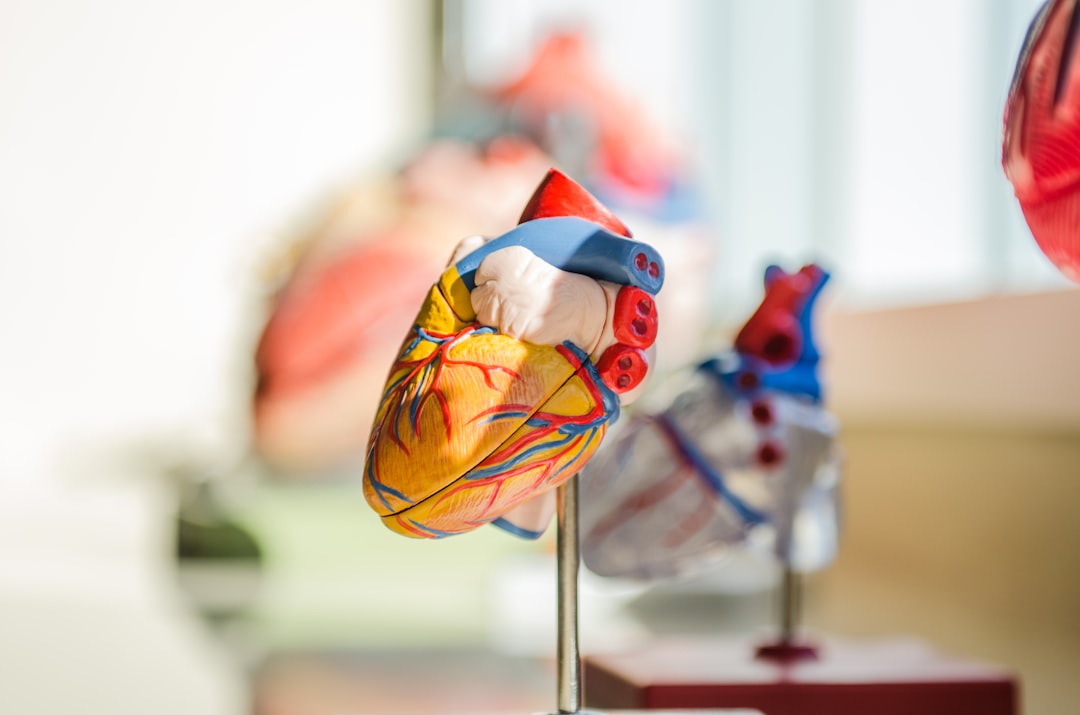What is it about?
Non-invasive visualization of biological systems at the cellular level is often essential for biomedical research. Commonly used methods that involve microscopic evaluation require the inclusion of chemical ‘probes.’ These probes attach to the desired cellular ‘target’ molecules, enabling the emission of signals upon application of light at a specific wavelength. However, the attachment of a probe can alter the target’s biological activity. This attachment affects the biological system being studied, obscuring the evaluation of the system in its naïve state. Thus, we applied a novel approach to conduct high-resolution, label-free imaging of live cells and tissues.
Featured Image
Why is it important?
Cilia function as cellular antennae, and their dysfunction often results in a failure to sense extracellular signals. Importantly, ciliary dysfunction has been linked to conditions such as retinopathy, kidney disease, mental retardation, and obesity. Rootletin is a protein involved in anchoring cilia to cells and is critical to various types of sensory perception. In this study, we applied a specific type of laser radiation to investigate rootletin incorporation in retinal cells and tissue both in vitro and in vivo based exclusively on structural orientation. These findings offer an exciting demonstration of a label-free, live-imaging method for clinical diagnoses as well as biophysical studies.
Read the Original
This page is a summary of: SHG-specificity of cellular Rootletin filaments enables naïve imaging with universal conservation, Scientific Reports, January 2017, Nature,
DOI: 10.1038/srep39967.
You can read the full text:
Contributors
The following have contributed to this page










